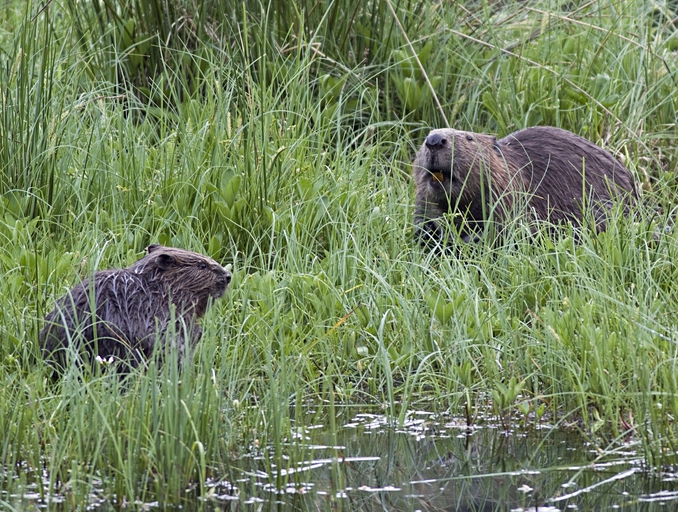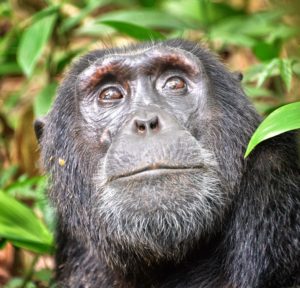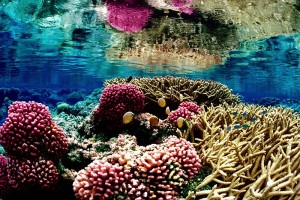Large Freshwater Animals in Decline
A study of large freshwater animals between 1970 to 2012 has revealed that populations throughout the globe have fallen by 88%, with large fish species being particularly affected. Conservation action for freshwater biodiversity is urgently required.
 Image: By Ray Scott (Emailed to me by Ray Scott) [CC-BY-SA-3.0 (http://creativecommons.org/licenses/by-sa/3.0)], via Wikimedia Commons
Image: By Ray Scott (Emailed to me by Ray Scott) [CC-BY-SA-3.0 (http://creativecommons.org/licenses/by-sa/3.0)], via Wikimedia Commons Rivers and lakes cover just about 1% of Earth’s surface, yet they are home to one third of all vertebrate species worldwide. But, freshwater life is highly threatened. Scientists from the Leibniz-Institute of Freshwater Ecology and Inland Fisheries (IGB) and international colleagues have now quantified the global decline of big freshwater animals. Their results were published in the journal Global Change Biology.
From 1970 to 2012, global populations of freshwater megafauna declined by 88% – twice the loss of vertebrate populations on land or in the ocean. Large fish species are particularly affected. And yet there remain large gaps in monitoring and conservation actions for freshwater megafauna, particularly in areas with high levels of biodiversity.
Freshwater megafauna include all freshwater animals that weigh 30 kilograms or more, such as species of river dolphins, beavers, crocodiles, giant turtles and sturgeons. The scientists compiled available time series data for 126 freshwater megafauna species worldwide, as well as the historical and contemporary geographic distribution data of 44 species in Europe and the USA.
Sonja Jähnig, senior author of the study and expert for global change effects on river ecosystems at IGB, says: “The results are alarming and confirm the fears of scientists involved in studying and protecting freshwater biodiversity.” The most notable declines have been in the Indomalaya (by 99%) and Palearctic (by 97%) realms – the former covering South and Southeast Asia and southern China, and the latter covering Europe, North Africa and most of Asia. Large fish species such as sturgeons, salmonids and giant catfishes are particularly threatened: with a 94% decline, followed by reptiles with 72%.
Overexploitation is the primary threat to freshwater megafauna as they are often targeted for meat, skin and eggs. “Furthermore, the decline of large fish species is also attributed to the loss of free-flowing rivers as access to spawning and feeding grounds are often blocked by dams. Although the world’s large rivers have already been highly fragmented, another 3700 large dams are planned or under construction – this will exacerbate the river fragmentation even further. More than 800 of these planned dams are located in diversity hotspots of freshwater megafauna, including Amazon, Congo, Mekong and Ganges river basins,” says Fengzhi He, lead author of the study.
Thanks to targeted conservation actions, populations of 13 megafauna species including the green sturgeon and the American beaver have been stable or even increasing in the USA. In Asia, the population of the Irrawaddy river dolphin in the Mekong basin has increased for the first time in twenty years. In Europe, efficient and large-scale conservation strategies seem to be more difficult to implement, arguably due to politic boarders and differences in environmental awareness among countries. Nevertheless, the Eurasian beaver, for example, has now been reintroduced to many regions where it was extirpated. In Germany, IGB is working with international partners to reintroduce the two formerly native sturgeon species European sturgeon and Atlantic sturgeon to European waters.
Even though freshwater megafauna are highly threatened, current conservation actions are inadequate for many species. “According to the International Union for Conservation of Nature’s Red List of Threatened Species, over half of all assessed freshwater megafauna species are considered as threatened with extinction. Nonetheless, they receive less research and conservation attention than megafauna in terrestrial or marine ecosystems,” said Jähnig.
The now quantified global decline of freshwater megafauna highlights the urgent need for conservation actions for freshwater biodiversity. It is important to improve the monitoring of population trends and distributions of freshwater species in regions such as Southeast Asia, Africa and South America – changes in abundance and distribution are better indicators of the condition of ecosystems and their living organisms than the extinction of species.





Sorry, comments are closed on this post